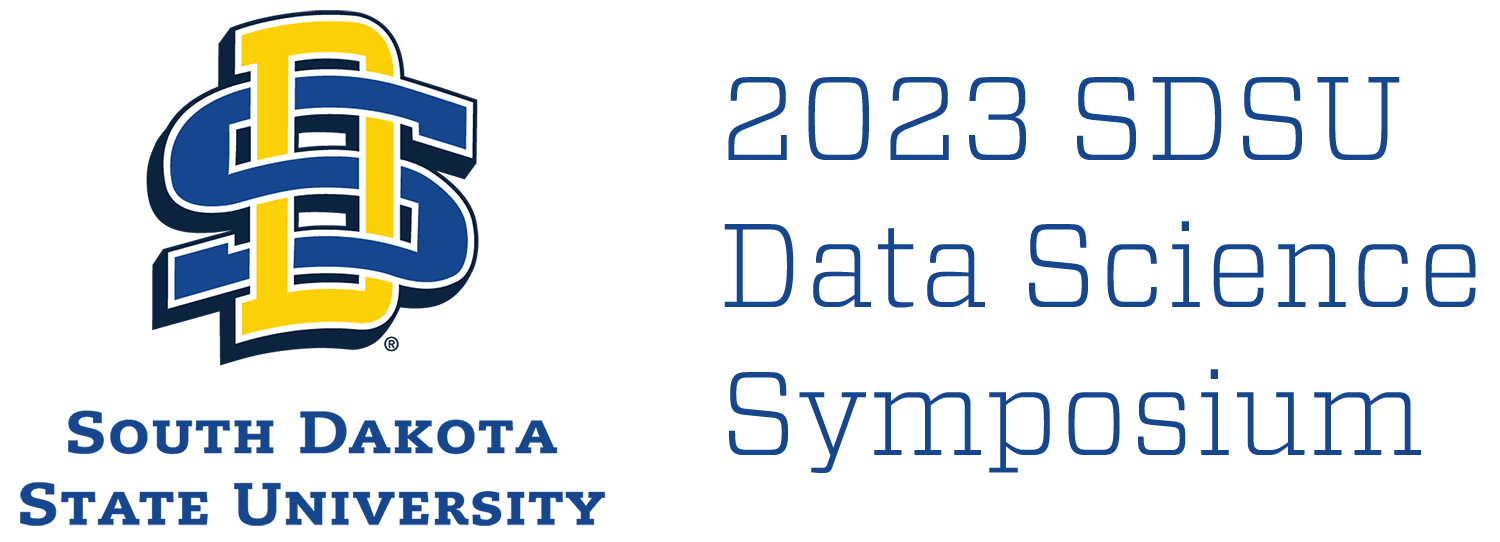Presentation Type
Poster
Student
Yes
Track
Other
Abstract
Twitter is used among various entities professionals, politicians, and the general public as an online social network. Many tweets are informational, but others are reactive based on judgment that leads to public shaming. In response to the book “The Shame Machine” (by Cathy O’Neil), we look at Tweets to determine a linguistical and content analysis of shame. The research focuses on content analysis to define if a tweet contains language that is deduced as public shaming. Other factors relating to the tweet are the time, date, location of the author, and if it’s the initial post or a response to the post, are included. The practical implications of the results indicate how social media, particularly Twitter, opens the door for shaming discourse.
Start Date
2-7-2023 1:00 PM
End Date
2-7-2023 2:00 PM
Included in
Discourse and Text Linguistics Commons, International and Intercultural Communication Commons, Other Communication Commons, Psycholinguistics and Neurolinguistics Commons, Social Media Commons, Speech and Rhetorical Studies Commons
The Relevance of Shame Across Time and Location
Volstorff A
Twitter is used among various entities professionals, politicians, and the general public as an online social network. Many tweets are informational, but others are reactive based on judgment that leads to public shaming. In response to the book “The Shame Machine” (by Cathy O’Neil), we look at Tweets to determine a linguistical and content analysis of shame. The research focuses on content analysis to define if a tweet contains language that is deduced as public shaming. Other factors relating to the tweet are the time, date, location of the author, and if it’s the initial post or a response to the post, are included. The practical implications of the results indicate how social media, particularly Twitter, opens the door for shaming discourse.

